Service hotline
+86 0755-83975897
Release date:2025-03-07Author source:KinghelmViews:2681
The rapid evolution of artificial intelligence has brought forth tools like Manus and DeepSeek, which represent distinct approaches to solving real-world problems. While both are groundbreaking in their domains, they differ fundamentally in technical architecture, application scenarios, and market positioning. Here’s a detailed comparison based on recent industry insights and evaluations.
1. Core Technical Architectures
DeepSeek:
Model Design: Built on a hybrid expert model (MoE) with 671 billion parameters, DeepSeek focuses on optimizing language processing and knowledge integration. Its strength lies in deep semantic understanding, logical reasoning, and high-quality text generation, such as drafting legal contracts or academic papers.
Key Features:
Exceptional performance in Chinese Q&A (64.1% accuracy).
Low-cost API access (1/15 the price of competitors) and open-source strategy to foster ecosystem growth.
Limited multimodal capabilities (e.g., visual processing lags behind peers like Claude).
Manus:
Model Design: Employs a multi-agent architecture that operates within virtual machines. It integrates tools like browsers and code editors to autonomously execute tasks, such as generating reports or analyzing stocks.
Key Features:
Task Automation: Breaks down complex workflows (e.g., "scrape financial data → code → deploy a website") into sub-tasks handled by specialized agents.
Toolchain Integration: Supports plugins for software like Photoshop and Excel, enabling end-to-end automation.
Outstanding performance in the GAIA benchmark, surpassing OpenAI in task granularity and execution speed.
2. Application Scenarios
DeepSeek:
Ideal for knowledge-intensive tasks:
Legal document refinement, academic writing, and mathematical problem-solving.
Government and enterprise applications, such as industrial robot instruction generation or administrative workflow automation.
Manus:
Optimized for execution-heavy workflows:
Resume screening, financial analysis, and real estate research (e.g., generating reports with cross-platform data).
Creative tasks like game development or webpage design, where it autonomously handles coding and testing.
3. Market Positioning and User Value
DeepSeek:
Acts as a "super brain" for enterprises, offering affordable, scalable AI infrastructure. Its open-source model and integration with platforms like Alibaba Cloud make it a cost-effective choice for SMEs.
Manus:
Positioned as a "digital employee" for enterprises, targeting industries like finance and healthcare. Its "turnkey" solutions reduce manual intervention, boosting efficiency by up to 600% in tasks like financial reporting.
4. Challenges and Future Directions
DeepSeek:
Struggles with knowledge-update delays and limited multimodal capabilities. Future development hinges on enhancing visual processing and leveraging its open-source community for iterative improvements.
Manus:
Faces risks like error propagation in automated workflows and high computational costs. Its sustainability depends on optimizing token consumption and refining error-handling mechanisms.
Potential synergy with DeepSeek: Combining DeepSeek’s language engine with Manus’ execution chain could create a more robust AI system.
Conclusion: Complementary, Not Competitive
While DeepSeek excels as a knowledge processor and Manus thrives as a task executor, their coexistence reflects the diversification of AI applications. Users should choose based on needs:
DeepSeek for deep thinking and content creation.
Manus for automation and cross-platform efficiency.
The future may see convergence, where integrated systems leverage DeepSeek’s intelligence and Manus’ operational prowess, pushing AI toward more practical and human-centric solutions.

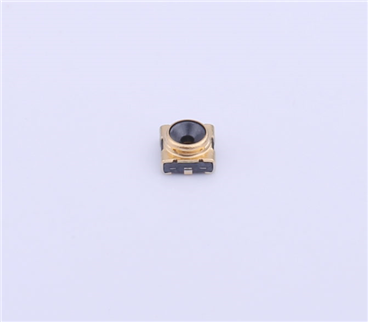

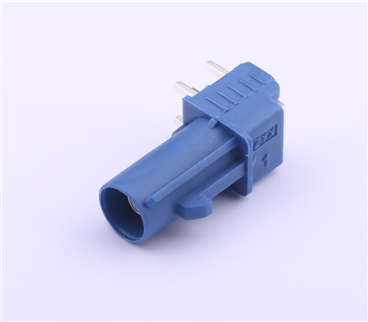

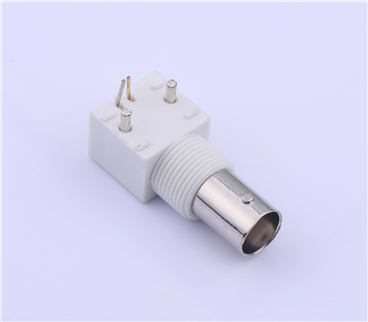
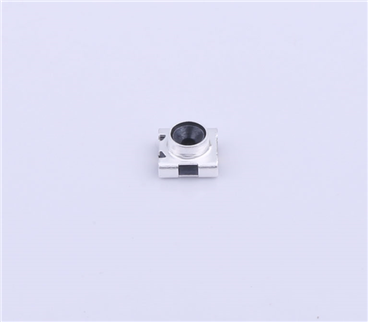

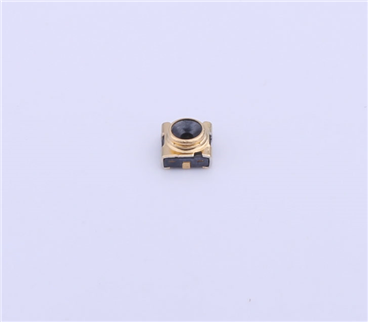

Copyright © Shenzhen Kinghelm Electronics Co., Ltd. all rights reservedYue ICP Bei No. 17113853